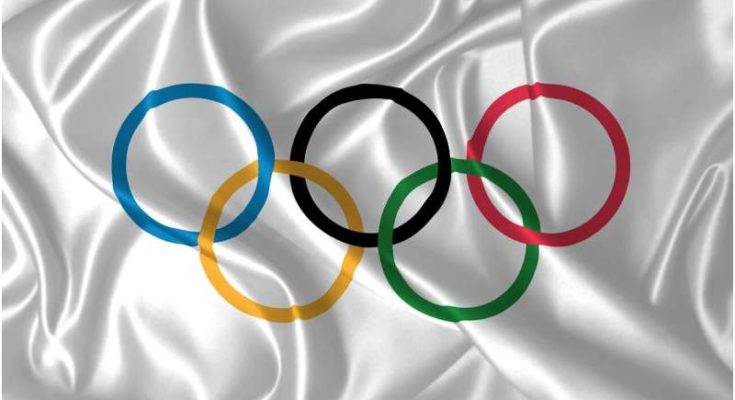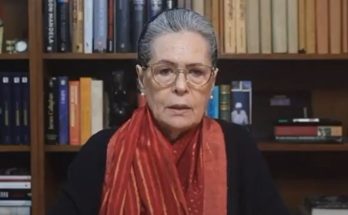Yannick Kluch, a professor of recreation, sport and tourism at the University of Illinois Urbana-Champaign, studies sport as a platform for promoting social justice. Kluch has worked with the U.S. Olympic and Paralympic Committee, U.S. Diving and the National Collegiate Athletic Association.
He spoke with research editor Sharita Forrest about the history of Olympic athletes’ social justice protests and governing organizations’ efforts to avert them with Rule 50 of the Olympic Charter.
The findings are published in the journal Sport Management Review.
What was the origin of Rule 50?
A first version of Rule 50 was added to the Olympic Charter in 1955. During the Cold War, the International Olympic Committee was thinking about ways to keep politics out of sport. In my work, that’s one of the key questions I look at. Spoiler alert: It’s not possible. Sport and politics always mix.
The IOC views the Olympics as a neutral place where everybody can come together regardless of their differences. However, the Olympics have always been mixed with politics.
Rule 50 came into the public spotlight after the 1968 Mexico City Olympics when U.S. athletes John Carlos and Tommie Smith protested by raising their fists on the podium. That’s become one of the most iconic images in sports history. The backlash was intense. After that, the IOC added the terms “racial propaganda” to the rule.
Who have been the rule’s greatest proponents?
A recent study I conducted looked at that question. We found that the biggest proponents are Olympic committees representing dictatorships like China and Russia. They support the notion that we shouldn’t talk about politics in sport, whereas more democratic countries such as the U.S., Germany and Canada believe the rule infringes on athletes’ freedom of expression.
The IOC advocated heavily to keep the rule, although there have been some developments, especially leading up to the 2020–21 Tokyo Games. More recently, the IOC made an addition to Rule 40 that underlines athletes’ right to freedom of expression. That change has important implications for any policy seeking to silence athlete protests, such as Rule 50.
What consequences are imposed on athletes who violate Rule 50?
There’s a lot of inconsistency and lack of communication about the consequences.
In 1968, Tommie Smith and John Carlos were expelled from Team U.S.. In 2019, when Gwen Berry raised her fist at the Pan-American Games, the USOPC put her on probation.
However, the USOPC later reversed that decision as part of a comprehensive policy change that now allows Team U.S. athletes to protest at USOPC-sanctioned events.
In Tokyo in 2021, when Raven Saunders raised her arms on the podium in protest, initially the IOC wanted sanctions, but Raven’s mother died a couple days later so the IOC chose not to impose any.
There were other protests at the Tokyo Games that revealed an inconsistent stance. For example, the IOC allowed a German athlete to wear a rainbow armband in support of LGBTQ+ people during competition—which would usually be a clear violation.
Provided by University of Illinois at Urbana-Champaign





